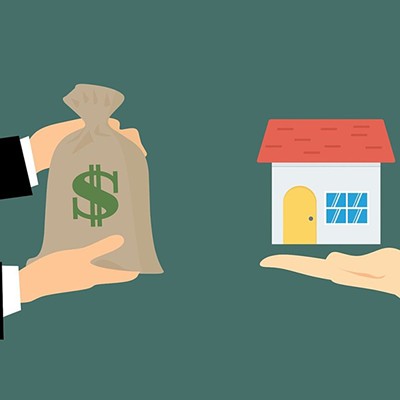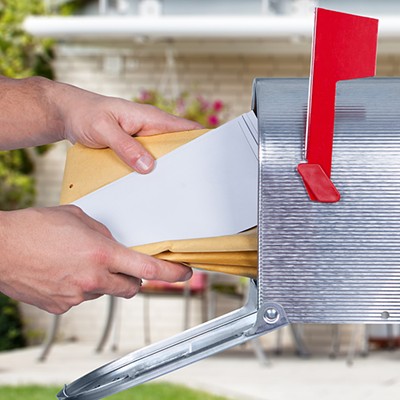While the term "1031 exchange" is common among real estate brokers, it may be less common outside the real estate industry. So, what is a 1031 exchange, and how does it work?
The name "1031 exchange" comes from U.S. Internal Revenue Code Section 1031. This code allows property owners to avoid paying capital gains taxes when they sell an investment property and reinvest the proceeds reinvested into another investment property through a qualified intermediary, within a specific timeframe. As you may be starting to get the idea, this exchange can be a bit more difficult than simply selling one property and buying another. In other words, this article can only cover the basics, and is in no way meant to be a comprehensive guide. Please consult with a qualified 1031 intermediary, along with your other advisors such as a CPA, an attorney, and/or a financial planner.
A "like-kind" exchange is another term for a 1031 exchange, and that the basic premise for the first fundamental rule. That rule is that the properties involved must be "like-kind," but that definition is quite broad. You could sell an apartment building, "1031" the proceeds, and purchase an industrial building. You could sell an office building and purchase a few duplexes. The big issue with "like-kind" is that the property is held for investment purposes, not immediate resale (2 years is a standard limitation), and not for personal use. A few rules must be followed to successfully complete this exchange and defer the taxable gains.
The basic rules of a 1031 exchange are that the property to be sold must be an investment property, and not a primary or secondary home, or a vacation property. Yes, there are exceptions and/or workarounds for many of these rules, but for the purpose of this article, we are keeping things simple. The property to be sold must be an investment property, and it must be exchanged for a "like-kind" or similar property. Once this property is under contract and is sold, the proceeds from the sale must be sent to an intermediary to hold until the purchase of the next property can be completed.
Once the first property is sold, the seller must follow a specific timeline plus a few basic rules to complete the 1031 exchange. The property to be purchased must be identified in writing within 45 days of the sale of the first property in the exchange. There are a couple of nuances when identifying properties for purchase. The first is the "three-property" rule, which allows an investor to identify three properties as possible purchases, regardless of the market value of those properties. The next rule is the "double value" rule, which allows an investor to identify any number of properties so long as their cumulative value does not exceed twice (or double) the value of the property that was sold. The other side of that coin is the "95%" rule, which allows someone to identify many properties, so long as the properties acquired are equal to 95% of their total.
Once the property has been identified within 45 days, the investor is required to close on the sale of the new property within 180 days of the sale of the first property. When the new property purchase is under contract, the intermediary transfers the proceeds to the seller of the new property, and the transaction is completed. The final major item is likely to be handled by a CPA, who will file the correct tax forms that accompany the exchange.























